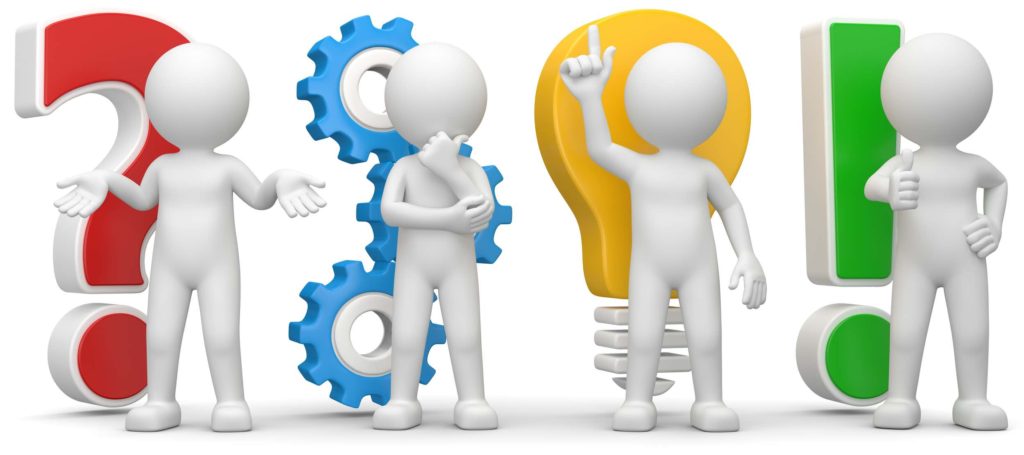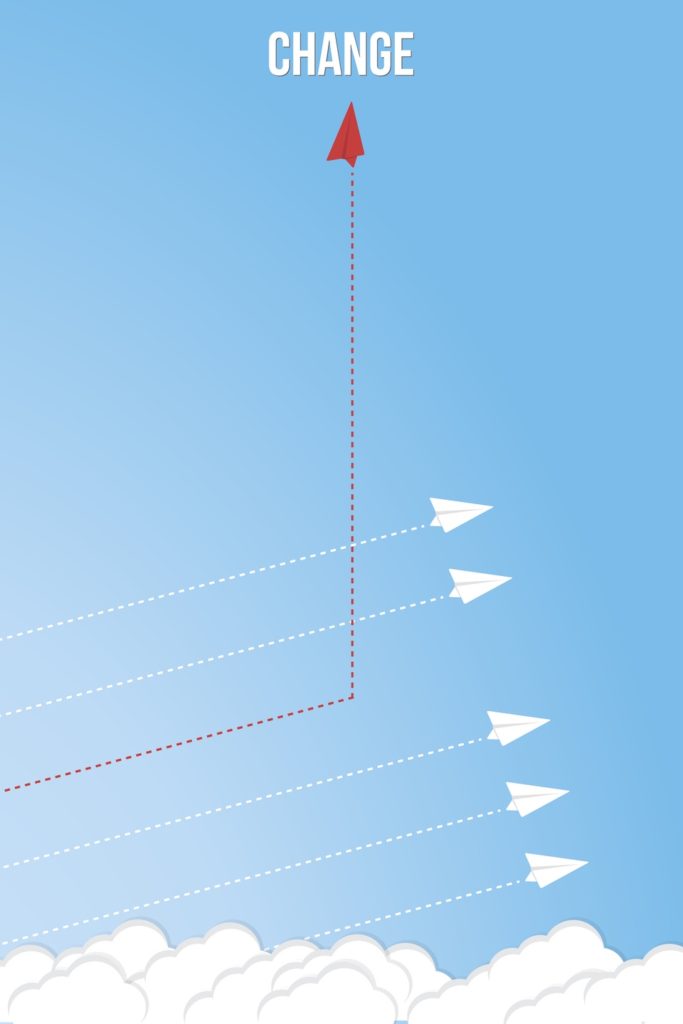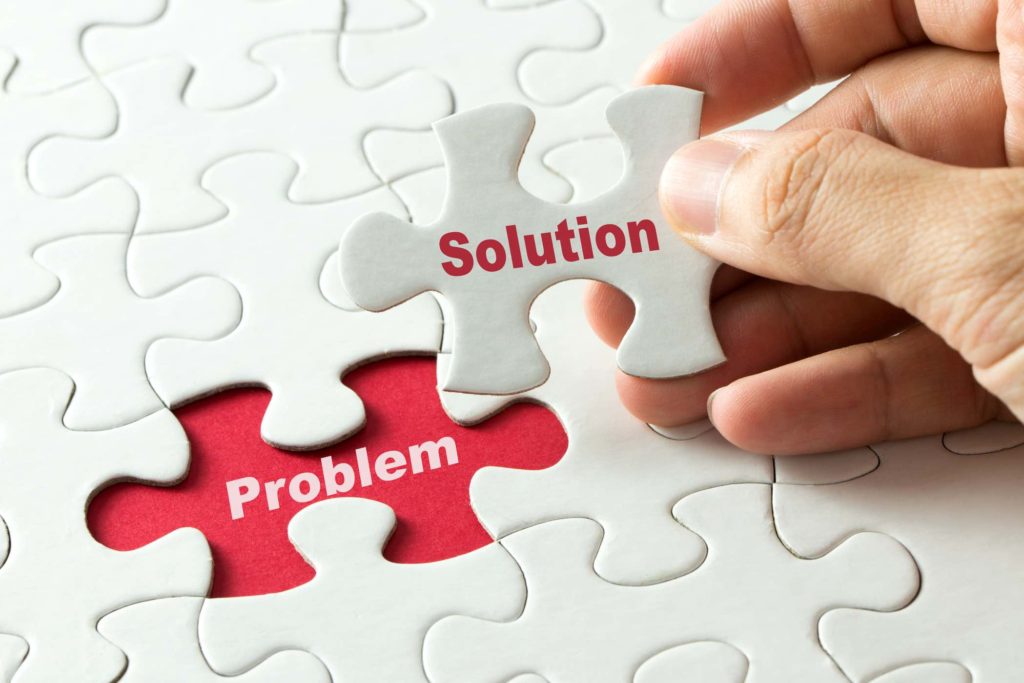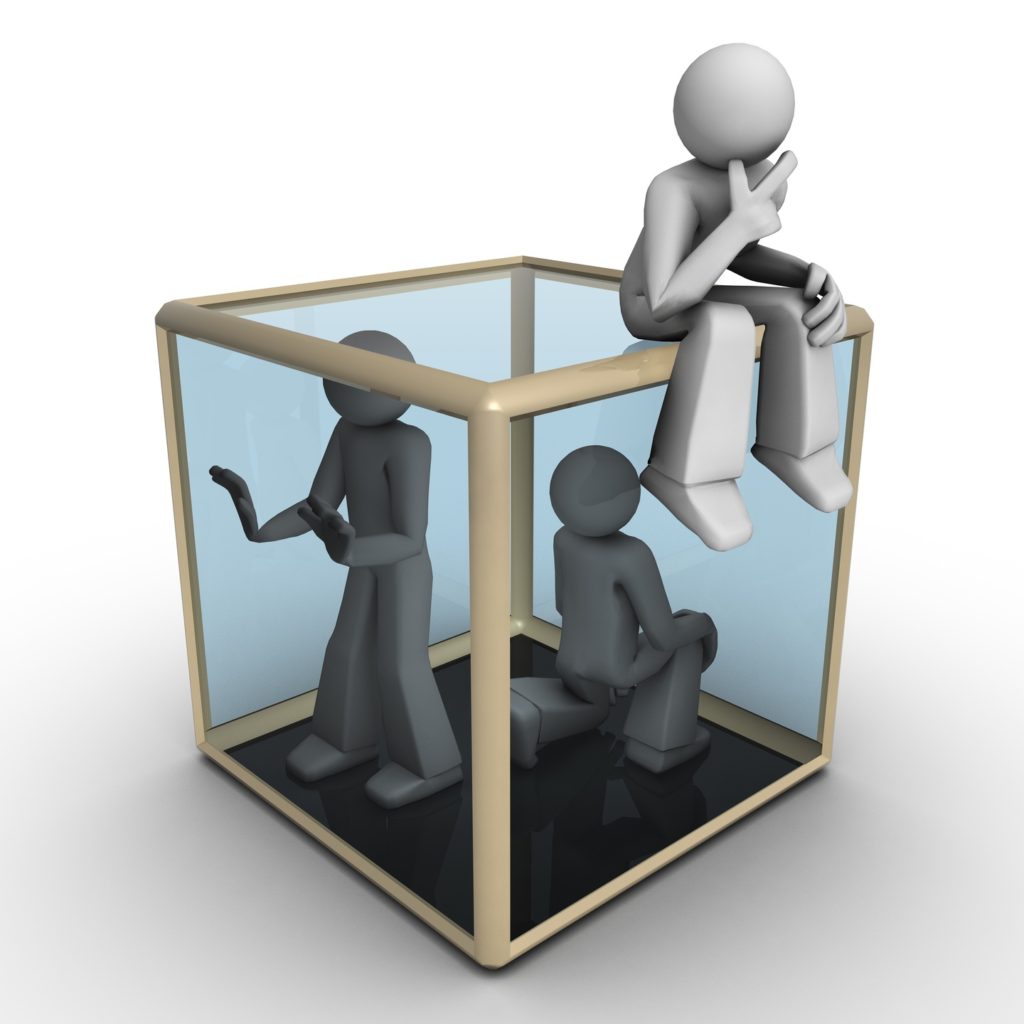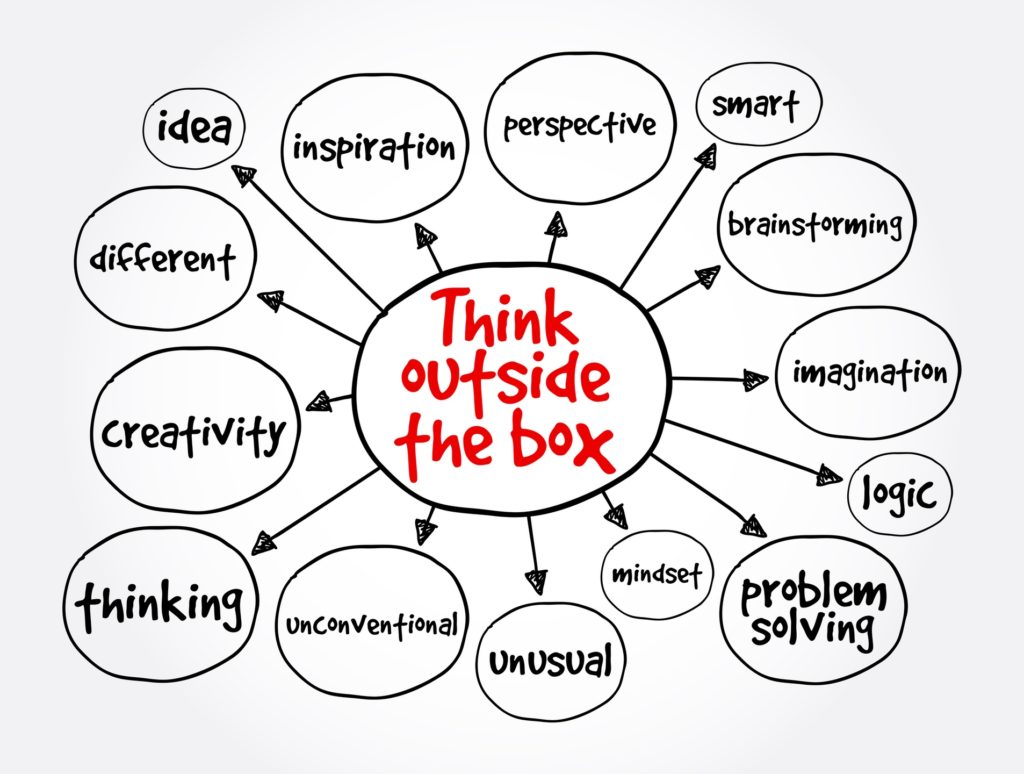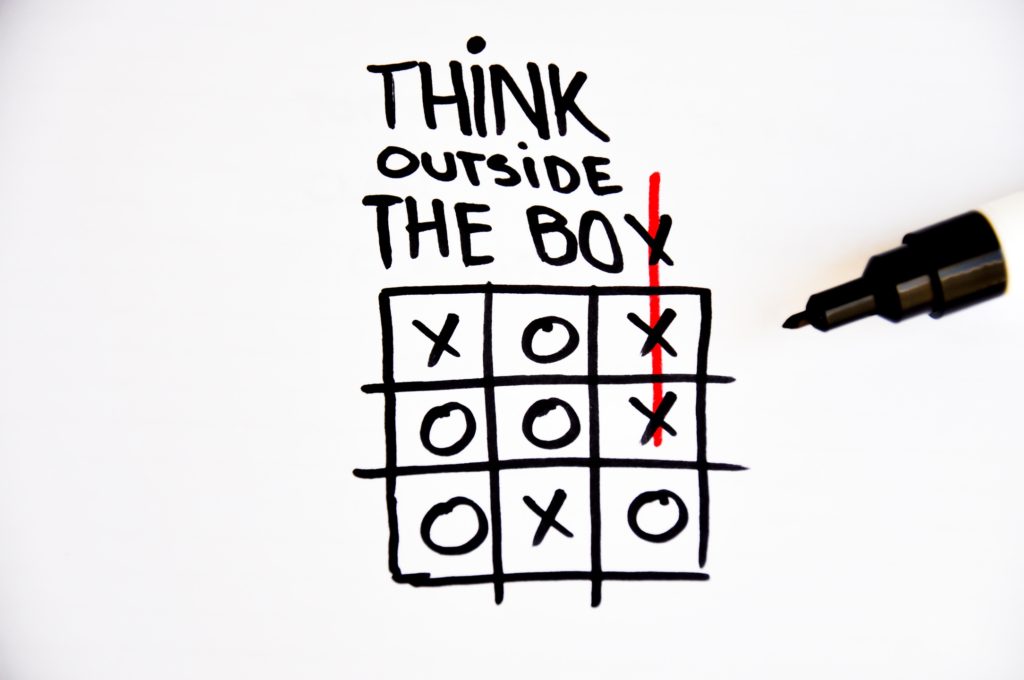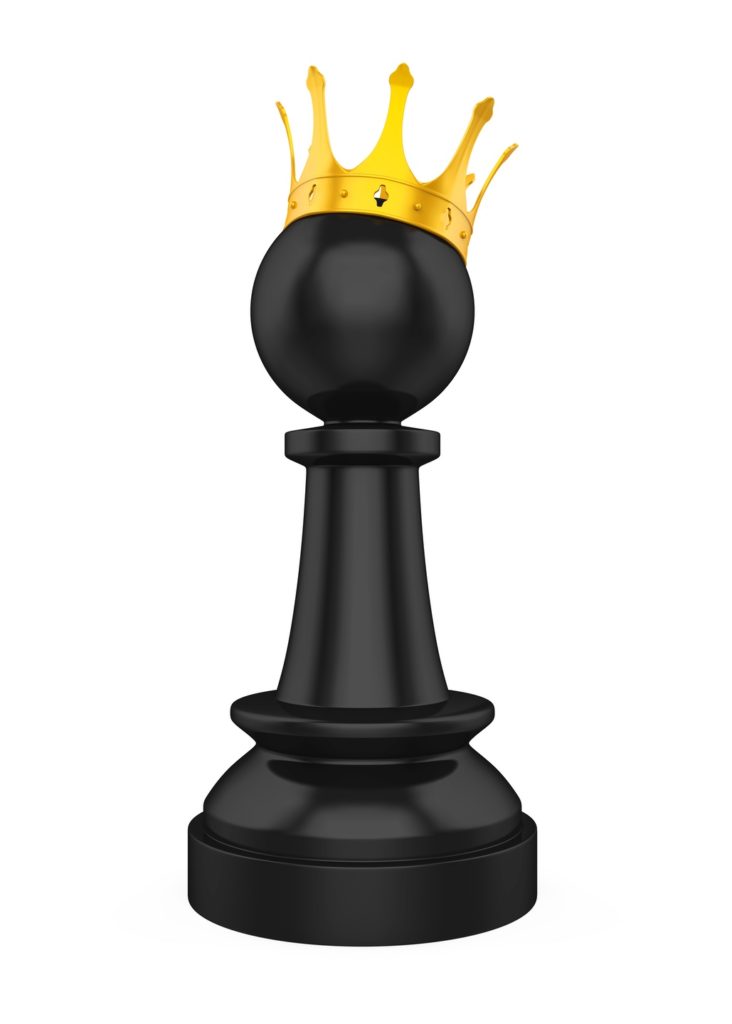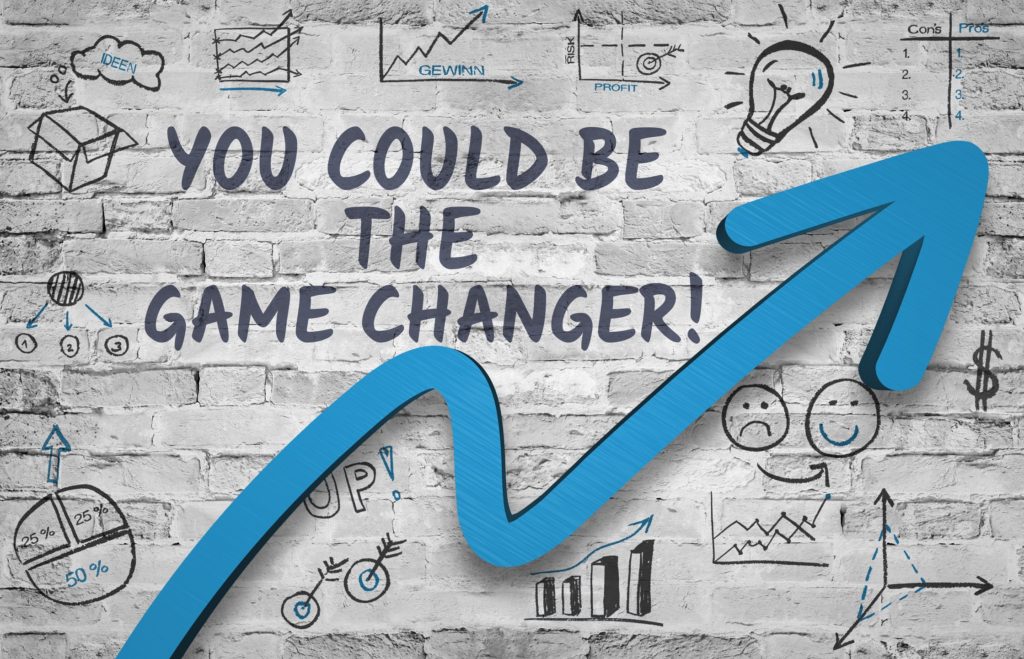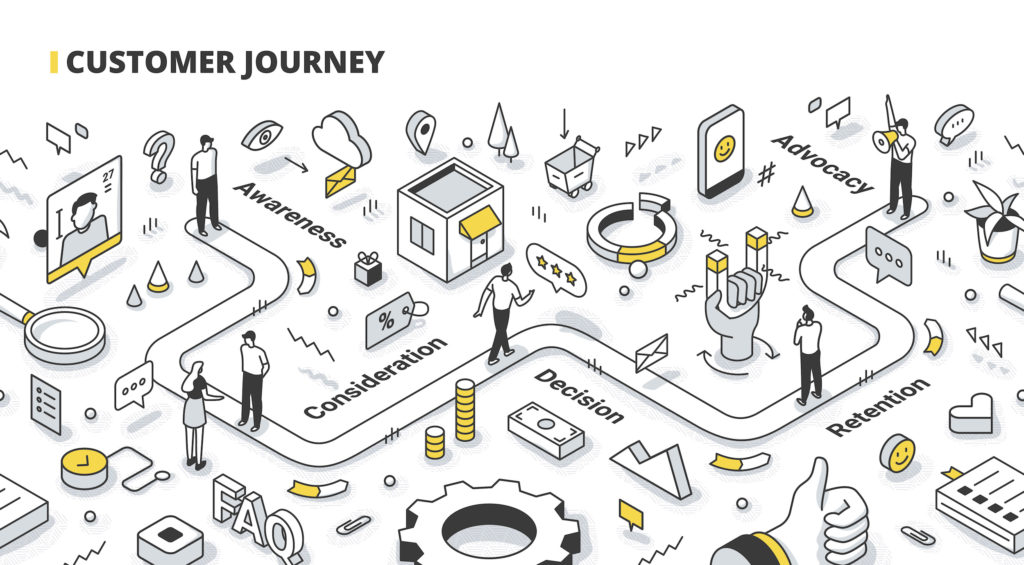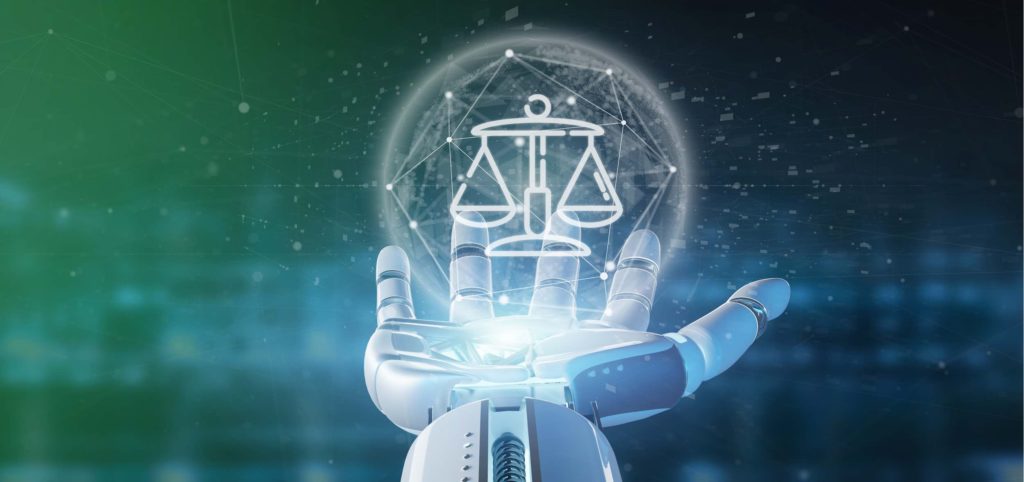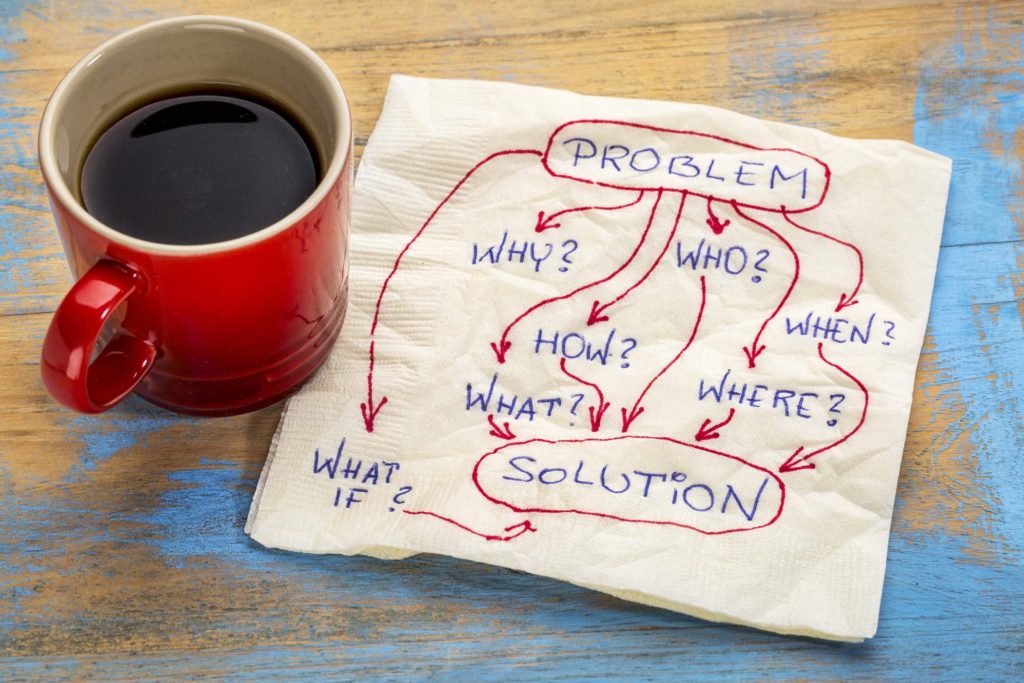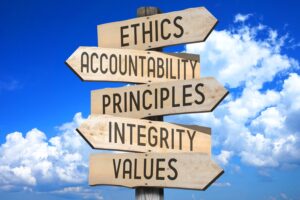
Virtue Ethics
One of the distinctive features of virtue ethics is that it emphasizes the role of practical wisdom (phronesis) in moral decision-making. Practical wisdom is the ability to discern the best course of action in a given circumstance, taking into account the relevant facts, the moral values at stake, and the particular situation of the agent. It is not a scientific or theoretical knowledge, but rather a skill that is learned through experience and education. Practical wisdom enables us to apply the general ideals of virtue to concrete cases and to balance different and sometimes conflicting values. Virtue ethics has several advantages over other ethical theories. First, it provides a more realistic and holistic account of human nature and morality, recognizing that we are not only rational but also emotional, social, and embodied beings. Second, it offers a more positive and aspirational vision of ethics, encouraging us to develop our moral character and to seek excellence rather than merely avoid wrongdoing. Third, it respects the diversity and complexity of moral situations, allowing for flexibility and nuance rather than imposing rigid and universal rules.
However, virtue ethics also faces some challenges and criticisms. One is that it may be too vague or subjective to provide clear and consistent guidance for moral action. How do we define and measure the virtues? How do we resolve conflicts between different virtues or different interpretations of the same virtue? How do we deal with moral dilemmas where no option seems virtuous? Another challenge is that virtue ethics may be too demanding or elitist to be applicable to ordinary people. How can we attain the virtues in a world full of temptations, pressures, and obstacles? How can we ensure that we have the proper education and environment to foster our moral development? How can we avoid being influenced by corrupting factors such as self-interest, bias, or prejudice?
Despite these difficulties, virtue ethics remains a rich and influential tradition that has inspired many thinkers and practitioners across different fields and cultures. Some of the major variants in virtue ethics include:
Eudaimonist Virtue Ethics: This framework is based on the ancient Greek concept of eudaimonia, which means happiness or well-being. It holds that the ultimate goal of human life is to achieve eudaimonia, which is possible only by developing and exercising the virtues. The virtues are excellences of character that enable us to function well as rational and social beings. The most influential version of this framework was proposed by Aristotle, who identified a list of moral and intellectual virtues and argued that they are acquired through habituation and education.
Agent-Based and Exemplarist Virtue Ethics: This framework is based on the idea that we can identify the virtues by looking at the traits and actions of moral exemplars, such as saints, heroes, or role models. It holds that the virtues are not defined by rules or principles, but by common-sense intuitions that we as observers have about admirable people. The most influential version of this framework was proposed by Michael Slote (see e.g. [Slote 2020]), who argued that the virtues are based on empathic caring and respect for others.
Target-Centered Virtue Ethics: This framework is based on the idea that we can identify the virtues by looking at the ends or goals that they aim at. It holds that the virtues are not defined by human nature or moral ideals, but by the specific context and situation in which they are exercised. The most influential version of this framework was proposed by Christine Swanton ( see e.g., [Swanton 2003]), who argued that the virtues are based on promoting the well-being of oneself and others in a pluralistic and complex world.
Ethics of Care: This framework is based on the idea that we can identify the virtues by looking at the relationships and responsibilities that we have with others. It holds that the virtues are not defined by abstract or universal values, but by concrete and particular needs and emotions. The most influential version of this framework was proposed by Carol Gilligan ( See e.g. [Gilligan 1982]), who argued that the virtues are based on caring and nurturing, especially for those who are vulnerable or dependent.
[Gilligan 1982]. Gilligan, C. (1982). In a different voice: Psychological theory and women’s development. Cambridge, MA: Harvard.
[Slote 2020] Slote, M. (2020). Agent-based virtue ethics. Handbuch Tugend und Tugendethik, 1-10. Springer
[Swanton 2003] Swanton, C. (2003). Virtue ethics: A pluralistic view. Clarendon Press.

